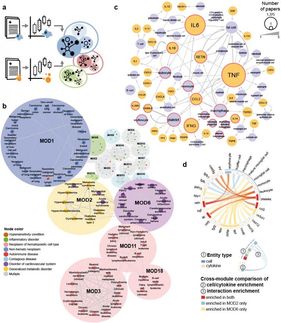Novel Mechanism Discovered in First Line of Immune Defence
A*STAR scientists' discovery opens doors to developing new therapies to eradicate tumour cells and combat infections
Advertisement
Scientists from A*STAR's Singapore immunology Network (SIgN) have discovered a new defense mechanism that the immune system utilises to combat infections. The team's discovery of how a novel protein unexpectedly activates an immune response shows how this mechanism can also be used to get rid of tumour cells. This research was done in collaboration with University Hospital Basel, Switzerland, published in Nature Immunology.
The immune system combats microbes using several strategies, of which early activation of defence is one of the most important. The mechanisms used by the immune system to counterattack microbes often rely on the immediate recognition of microbes, or of cells that have been affected by the infection of microbes.
The team at SIgN led by Prof Gennaro De Libero has identified a novel mechanism of how the immune system readily detects invading microbes and effectively initiates early immune responses, by activating a special class of cells called gamma delta lymphocytes. Gamma delta lymphocytes were discovered more than 30 years ago and had been identified as cells that are capable of early protection as they play a decisive role in the first line of immune defence. However, many studies into discovering the mechanisms of how these cells are activated when microbes attack have been unfruitful.
The team's discovery of a protein called Butyrophilin 3A1 shows how it binds to microbial antigens and hence activates human gamma delta cells. These cells are then able to coordinate an immune response to clear the infection caused by invading microbes.
This protein has also been found to bind antigens that are produced in large amounts in tumour cells, which then activates gamma delta cells against these tumour cells. The discovery of this mechanism thus represents a novel target that will help to eradicate tumours and combat infections.
Prof De Libero said, "The identification of the molecular mechanisms of how human gamma delta cells get activated opens doors to novel opportunities for immunotherapy of infections and tumours."
Original publication
Stefano Vavassori, Anil Kumar, Gan Siok Wan, Gundimeda S Ramanjaneyulu, Marco Cavallari, Sary El Daker, Travis Beddoe, Alex Theodossis, Neal K Williams, Emma Gostick; "Butyrophilin 3A1 binds phosphorylated antigens and stimulates human gamma delta T cells"; Nature Immunology























































